My gothic revival
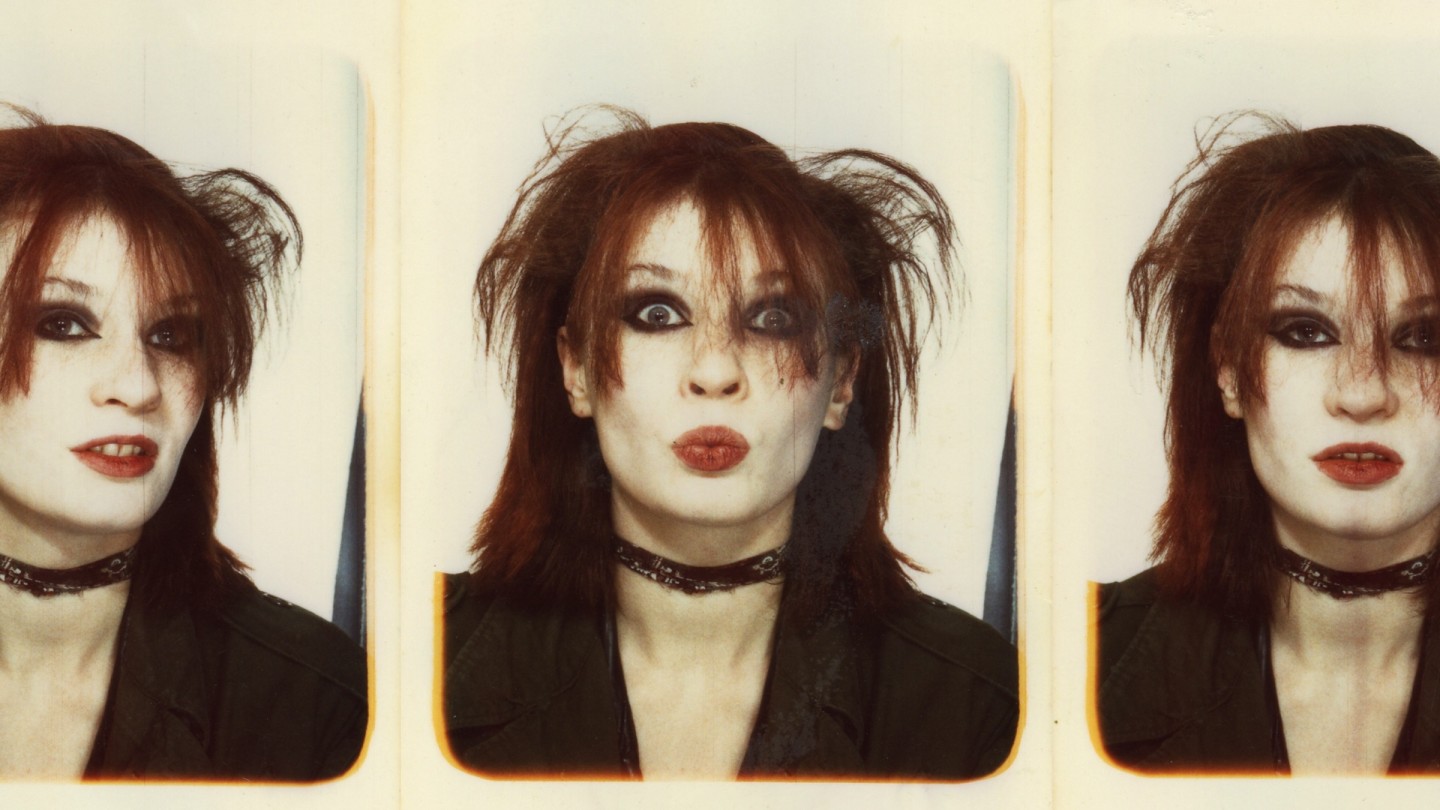
Roula Khalaf, Editor of the FT, selects her favourite stories in this weekly newsletter.
My complexion is ashen; my eyes are rimmed with black; my hair has been crimped and backcombed into the texture of Ryvita; my lips are oxblood-red. In photographs from the late 1980s, I am part Theda Bara, part deranged clown-doll.
I would not have called myself a goth, but I clearly was. The look was a big commitment – it took me two hours. As an 18-year-old student, I wore it every day, getting up early to allow time for hair and make-up before lectures. It was a kind of ironic anti-beauty. In a decade of high-gloss glamour and a preoccupation with physical fitness, I wanted to look undead.
In fact, I was late. The goth aesthetic – horror-inflected, often genderless, lots of black – had been around since the late ’70s and it has never really gone away.
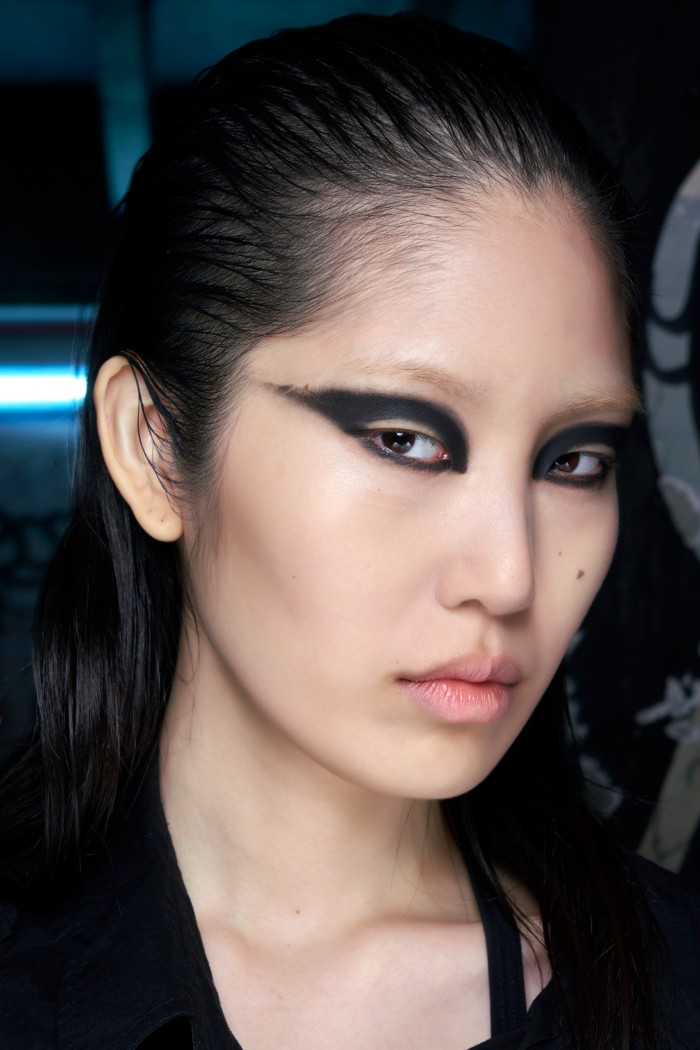
Goth is global, but England has always been its heartland, with an early post-punk scene centred around clubs like the Batcave in London and Le Phonographique in Leeds. In the late 20th century, goth rose again with Emo. Now it spooks high streets in crowds of E-Kids. There is an annual goth gathering in Whitby, north Yorkshire – a setting in Bram Stoker’s Dracula – where middle-aged apparitions mix with TikTok teens, and even an annual World Goth Day in May. From Siouxsie Sioux to Eric Draven, goths endure because their look is a kind of folk art: elaborate, yes, but open to everyone, however they define themselves.
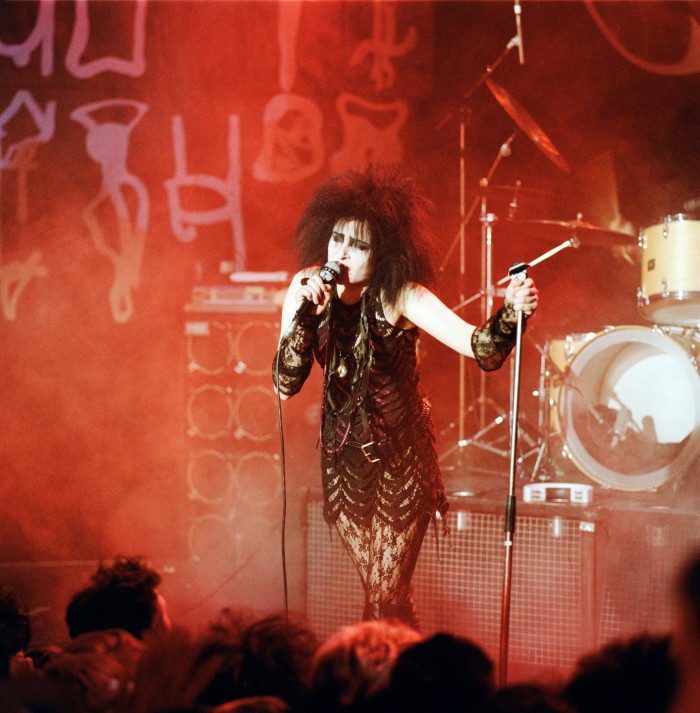
“Goth has always been a subculture about androgyny,” says Catherine Spooner, professor of literature and culture at Lancaster University. “Teenagers who might be discovering their gender and sexual identity still find a welcome home in goth. They can experiment.” Today, she adds, goth also manifests itself in drag culture, in artists such as Sharon Needles and Charity Kase, whose extreme goth-art make-up features appendages such as horns, tubes and surreal masks. “It’s part of what’s called Alternative Drag – an exchange between different subcultures. And high fashion is picking up on it because it’s exciting.”
She is right. Goth-inflected make-up and hair haunted the spring/summer 2022 shows. Rick Owens sent out pale-faced, electric-haired cyber-goths in exaggerated platform boots, while Valentino’s models had bleached eyebrows, dark winged liner and deep-red lips.
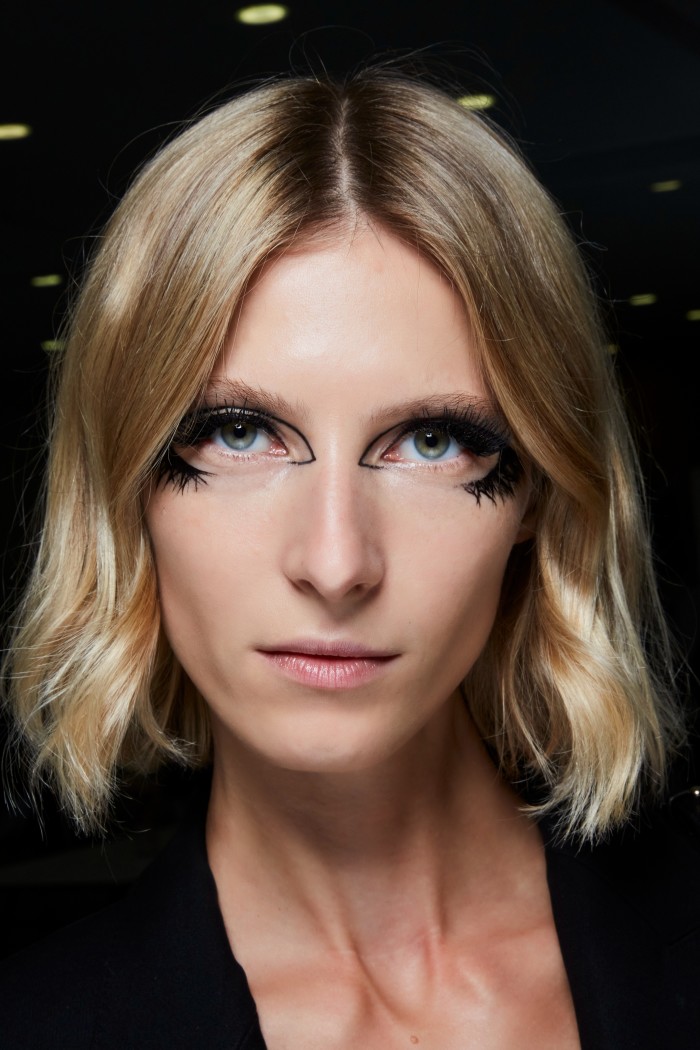
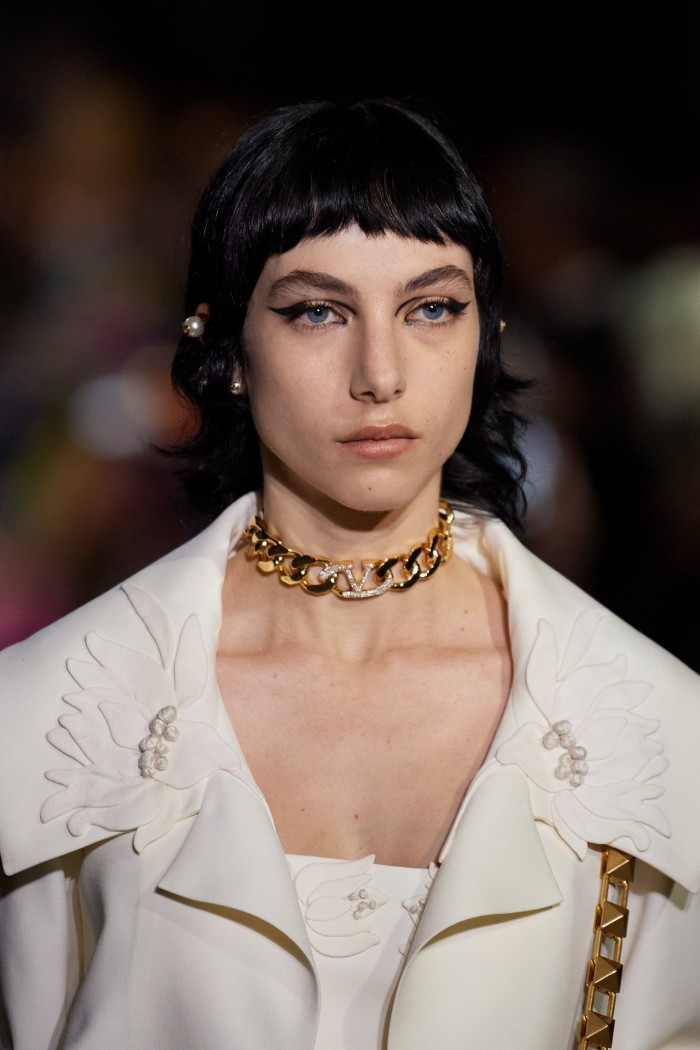
Givenchy’s show make-up, too, included coal-black, panda-ringed eyes inspired by manga and E-Girl and designed by Lucia Pieroni. “The look was created using liquid liner to enlarge the eye and add drama with scratchy, feathered lines,” says the brand’s national make-up artist Claire Mulleady. It took time to achieve symmetry, but “there is a feeling of spontaneity to the strokes of liner and an importance in not labouring over each line exactly”.
Dark matter

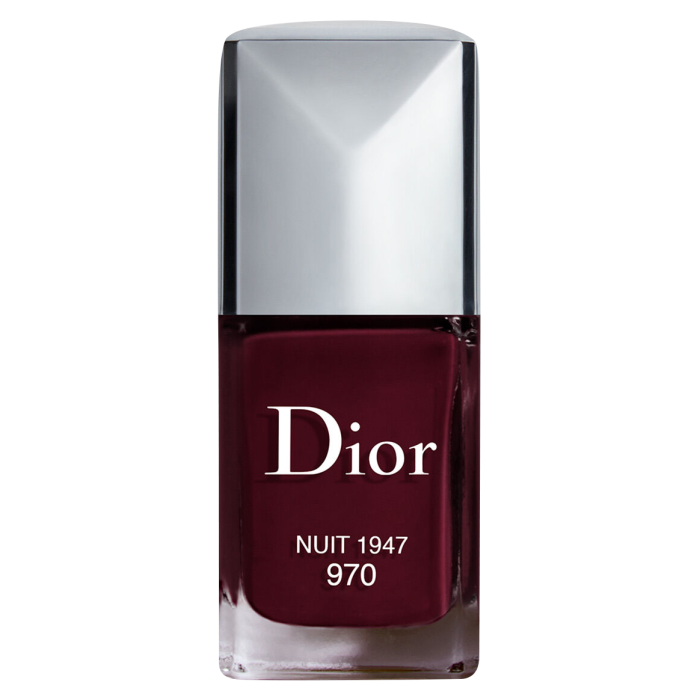
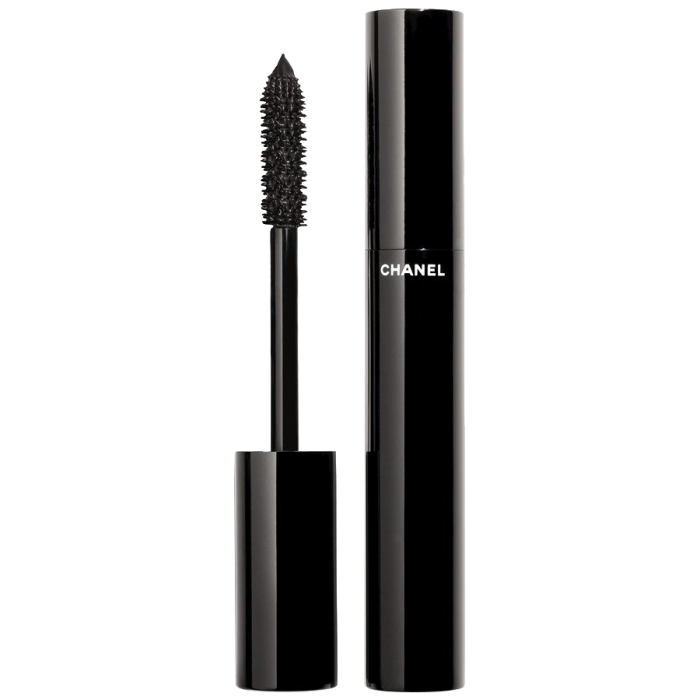

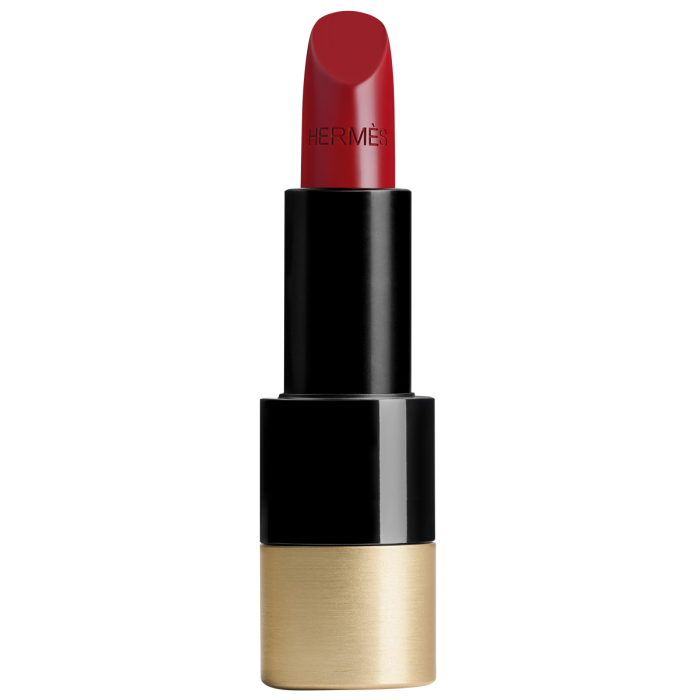
Mulleady’s trick to replicating the look is to first map out the shape, using a light pencil such as an eyebrow pencil. “Keep your eyes open so that the liner fits the eye shape and sits above the socket line.” Then, with Givenchy’s Liner Disturbia, trace over the line and add flicks to the outside of the shape. Apply mascara to the top lashes, or false lashes for extra depth.
For models, goth make-up means extra patience. Nassia Matsa, a Greek model with ethereal looks, has featured in recent goth-inflected campaigns by Balenciaga among others. “I had a goth-inspired photoshoot on Tuesday. Today is Thursday and I’m still trying to take the make-up off,” she says. “And I had to sit very still while they drew the eye lines.”
Matsa says her introduction to goth has led her to try a version of the look that works with the classic clothes she favours in her everyday life, such as Chanel suits. “I wear dark eyeshadow to give that look a darkness. I even have natural dark-eye circles that I’m trying to make more distinctive. I want to advertise them, not hide them.”
We early goths didn’t have make-up artists’ tips or tools. In the ’80s, I remember using charcoal on my eyelids, bulk-buying a dark-purple lipstick called Black Cherries and stealing my mother’s scraps of Mary Quant black-paste block mascara for clumpy, tarantula eyelashes.
Rose McDowall, half of ’80s Scottish goth-pop duo Strawberry Switchblade, recalls resorting to even lower tech for dramatic stage make-up. “I used to do rainbow-coloured eye make-up, but used felt-tip pens. And I used to put cheap foundation and talcum powder on top of it. Make-up was all about shiny stuff, but I liked matte. So I had to use a lot of old ’60s make-up with lead in it.” She adds: “My influences were flamenco dancers, Minnie Mouse and Hammer Horror films – comedy, but also the darker side of life.”
Goth is associated with misery. So why is it back now? Says Spooner: “There’s a tendency to map gothic looks onto the current anxiety – a pandemic, an economic crisis – but I think that’s problematic. It doesn’t take into account that this is a subculture that has lasted 40 years, and a cultural tradition that goes back 250 years. You can’t just pin it on a news story.”
Returning to my old photographs, I am struck by how happy I am with my self-imagined, elaborate and very time-consuming image. I ditched the crimpers and the charcoal long ago, but the call of the undead was a lot of fun. It still is.
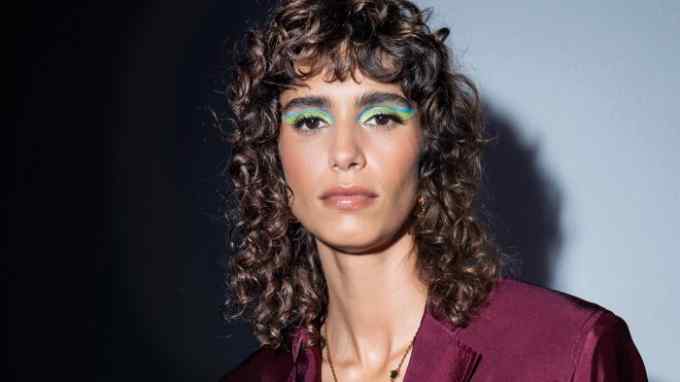
Comments